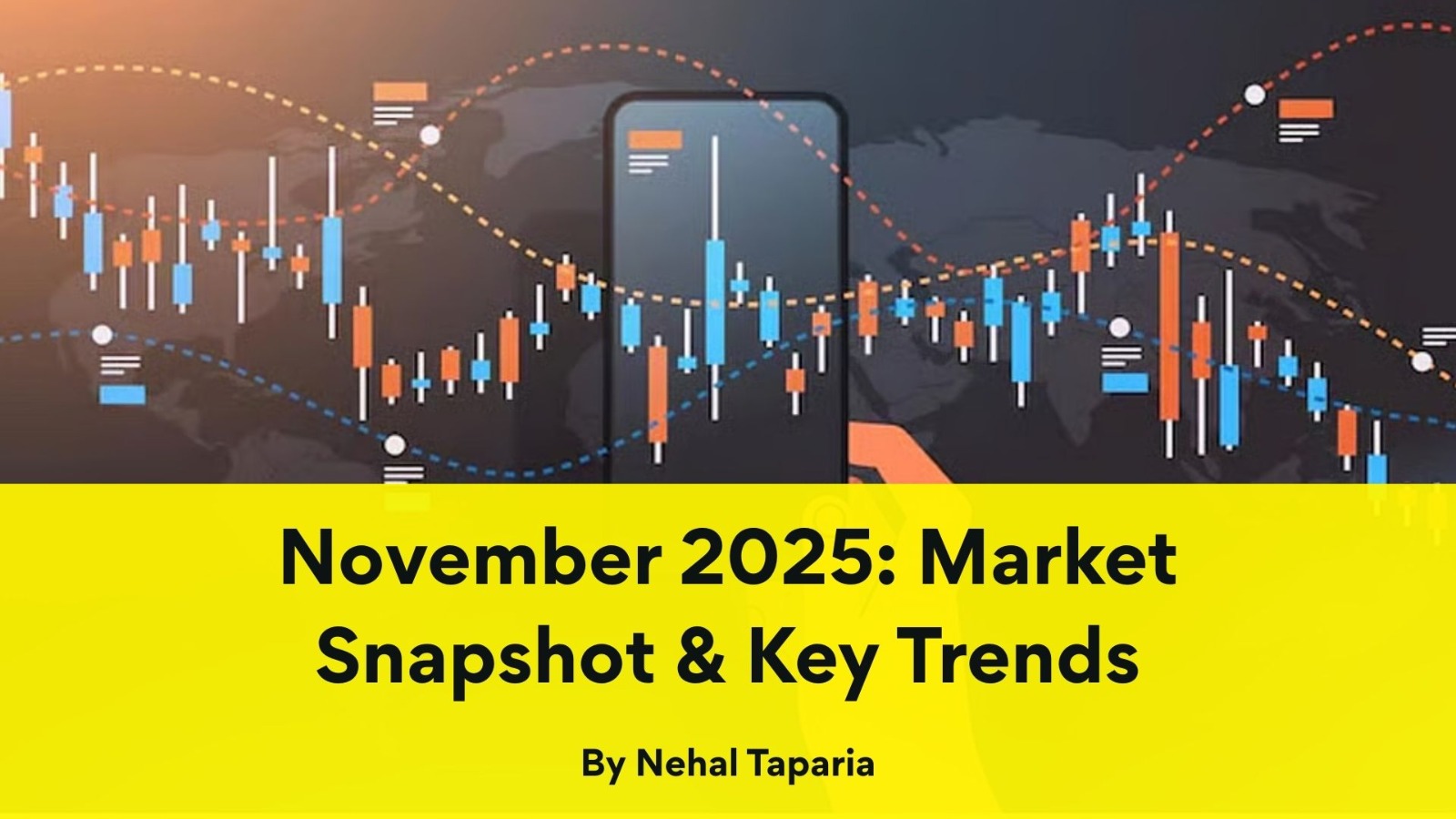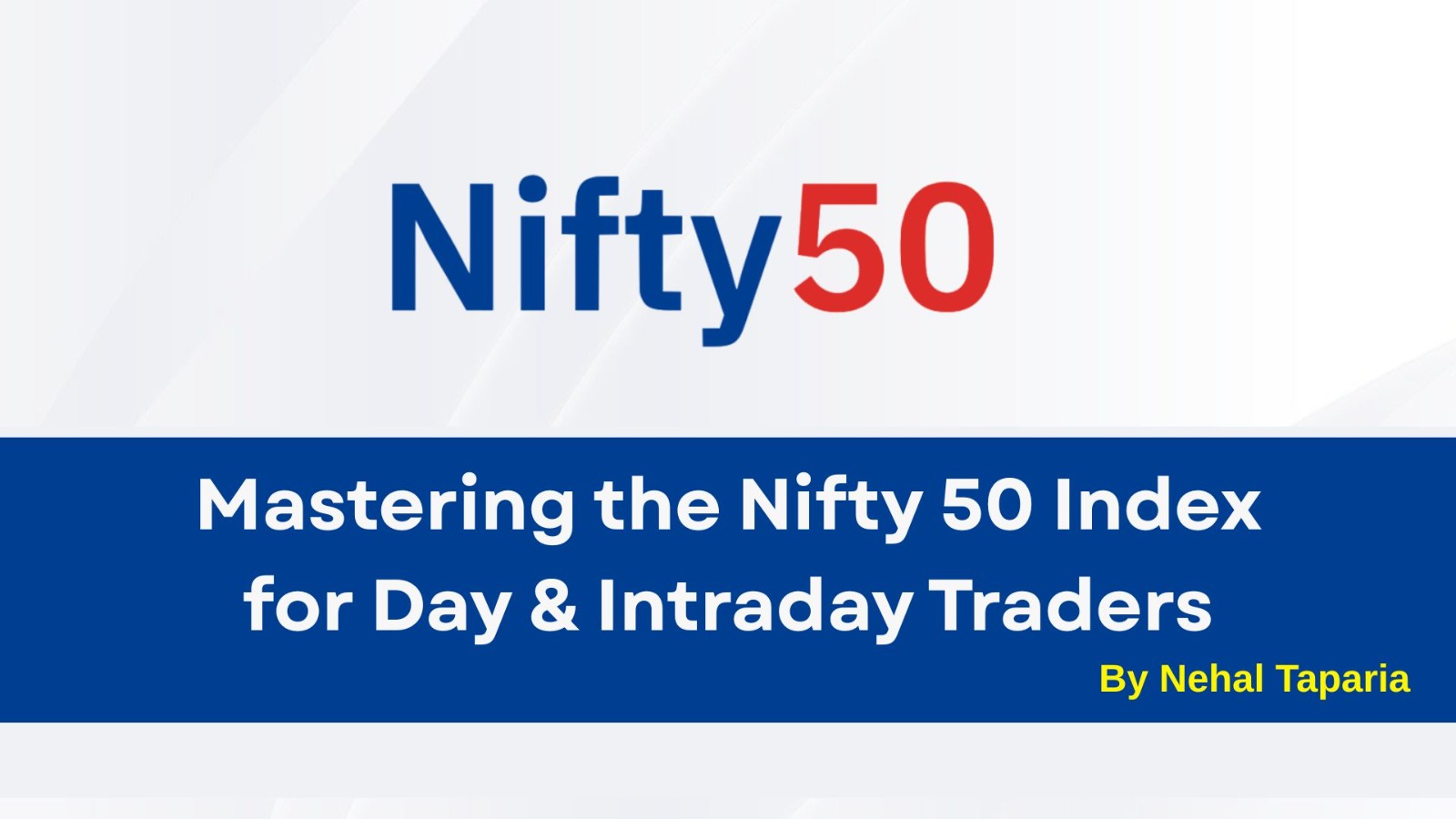Institutional Flows Under the Lens: FII & DII Behavior (22–26 Sept 2025) — What It Signals for the Market

Institutional Flows Under the Lens: FII & DII Behavior (22–26 Sept 2025) — What It Signals for the Market
Setting the Stage: Why Institutional Flows Matter
In Indian equity markets, the behavior of FIIs and DIIs often plays an outsized role in driving trends.
- FIIs (Foreign Institutional Investors) bring cross-border capital. Their entries or exits can significantly tilt liquidity, valuations, and sentiment.
- DIIs (Domestic Institutional Investors) include mutual funds, insurance companies, pension funds, banks, etc. They often act as a counterbalance in turbulent times, sometimes cushioning downside or accentuating trends.
When FIIs are sellers and DIIs are buyers, markets are often volatile — because domestic flows may not fully offset the foreign leg. Conversely, if both are buying or neutral, rally moves tend to sustain better.
What Happened 22–26 Sept: A Week of FII Exits; DII Support
This week’s narrative was one of foreign selling + domestic absorption.
- FIIs appeared cautious. They sold aggressively in the cash segment, especially on 22 and 23 Sept. The amounts (₹2,900-3,500 cr range) show material scale.
- Over the 7 days ending 25 Sept, FII net cash flows totaled ~ –₹13,882.5 crore — a stark reflection of outflows.
- DIIs, in contrast, were largely supportive. Over the same period, their net inflows (buying) were ~ ₹6,465.2 crore.
- On specific days like 22, the DII net buying (~ ₹2,582 cr) was almost as large (in magnitude) as FII selling (~ ₹2,910 cr), indicating they tried to reduce the net downward pressure.
- But on days like 25, FII selling spiked (–₹4,995.5 cr), while DII flows were neutral — implying less domestic support on that particular session.
- For the whole month up to 26 Sept, the trend is consistent: FIIs are net sellers in equities; DIIs are net buyers on the domestic side.
The result: FIIs are withdrawing capital in reaction to macro / global risks, while DIIs are attempting to cushion the fall by continuing purchases.
What This Behavior Implies for Indian Markets
- Liquidity Pressure / Volatility
Net FII selling drains liquidity (especially in larger caps). Even though DIIs are buying, the scale is often insufficient to fully absorb large outflows. This mismatch contributes to sharper moves, wider intraday swings, and risk of abrupt corrections. - Sectoral Bias / Differential Performance
FII exits are often across sectors, but certain sectors (export, pharma, tech) tend to see larger selling pressure. DIIs may selectively buy defensives or high‐conviction domestic names. This could lead to rotation: weak sectors may underperform heavily, while domestic‐oriented names may hold up better. - Sentiment & Confidence Factor
Persistent foreign outflows can erode investor confidence, especially among retail and smaller funds. Markets may become more sentiment‐driven, with any negative macro news provoking outsized reactions. - Downside Buffer Depends on DII Strength
The ability of DIIs to continue absorbing sell‐side flows becomes a crucial “floor” for markets. If DIIs run out of capacity or get cautious, the downside could accelerate. - Implication for Index Direction & Support Zones
In a week where FII selling dominates, index support levels become critical. If markets break below key supports (e.g., for Nifty / Sensex), retracements can be steeper because there’s less foreign “backstop.” On the upside, any rebound needs to attract foreign interest to be sustainable. - Feedback Loop Risk
Continued FII selling can weaken the rupee, which can add inflationary pressure, which may force tighter policy, which further dampens sentiment—and so on. DIIs alone may not break such feedback loops.
Strategic Takeaways (for Investors / Traders)
- Be cautious with large leveraged bets in weak sectors; volatility is higher.
- Favor sectors with strong domestic earnings, less external dependency.
- Watch the net DII cushion: if DII inflows weaken, risk increases.
- Monitor foreign flows daily. A sudden reversal (FIIs turning buyers) could spark relief rallies.
- Maintain technical discipline: respect key support / resistance levels, use stop losses.
- For longer‐term investors, these institutional patterns help with positioning and sizing exposures.
By Nehal Taparia
This content is for educational and knowledge purposes only and should not be considered as investment or Trading advice. Please consult a certified financial advisor before making any investment or Trading decisions.
Our Recent FAQS
Frequently Asked Question &
Answers Here
Q1. Why did FIIs sell so heavily this week?
Likely due to global risk aversion, tariff / trade shock fears (especially on pharma exports), rising global interest rates or yield differentials, and concern over Indian macro pressures (currency, inflation). When foreign investors sense risk, they often reduce exposure to emerging markets first.
Q2. Can DIIs fully offset FII selling?
Q3. Is FII selling always bad?
Q4. What happens if DIIs stop buying?
Q5. Should I track FII / DII daily?
Q6. Do these flows affect all stocks equally?
Q7. What is the “net cushion” rule?
Copyright © By Empirical F&M Academy. Design & Developed by Techno Duniya


.jpg)


.jpeg)




